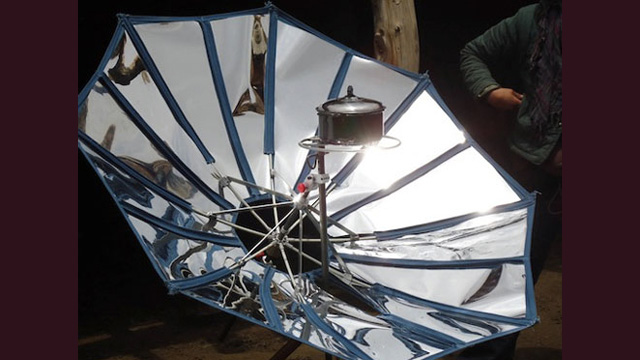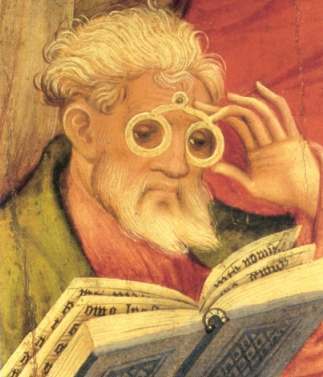Never-Ending Drawing Machine: MIT’s Collaborative Creativity Station

Whether or not there is a creativity crisis may be up for debate, but one thing is clear: Our current education system is failing to create an environment that truly fosters creativity and engages the various components of its making – play, collaboration, flexibility, multi-modal stimulation. Now, a new application out of MIT Media Lab is aiming to address some of these issues.
The Never-Ending Drawing Machine is a collaborative creativity station, aimed primarily at kids, that allows users to digitally edit each other’s analog, paper sketchbooks. Collaboration can take place either locally or remotely, as the system lives on the cloud. Designed by MIT grad student David Robert and colleagues, NEDM offers a promising platform for virtual co-creation not only within the classroom but also between classrooms around the world, offering yet another tool in our ever-growing arsenal for global, cross-cultural collaboration.
NEDM is built on TouchDesigner, a visual programming environment by realtime animation software provider Derivative, available for free for non-commercial personal and education use.
Maria Popova is the editor of Brain Pickings, a curated inventory of miscellaneous interestingness. She writes for Wired UK, GOOD Magazine and Huffington Post, and spends a shameful amount of time on Twitter.





